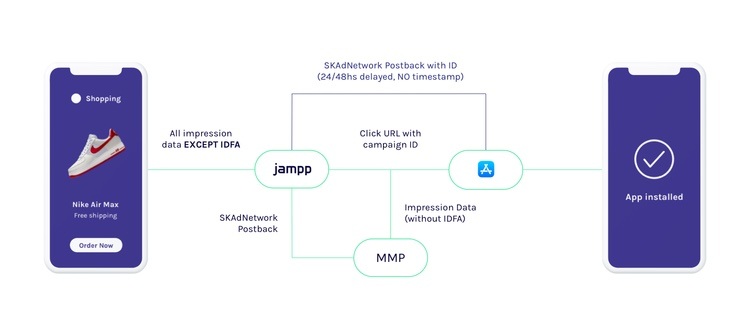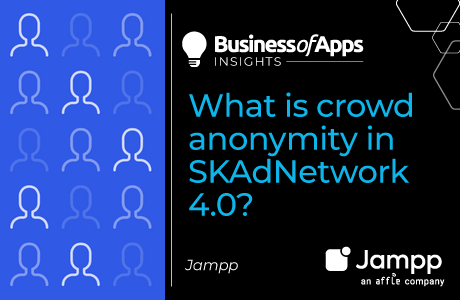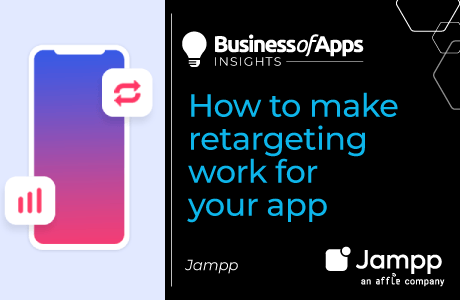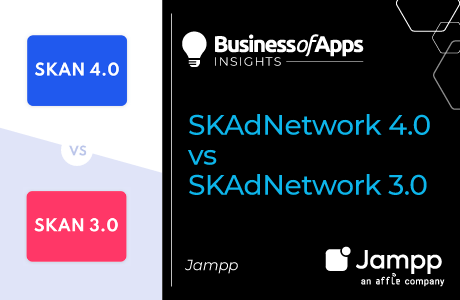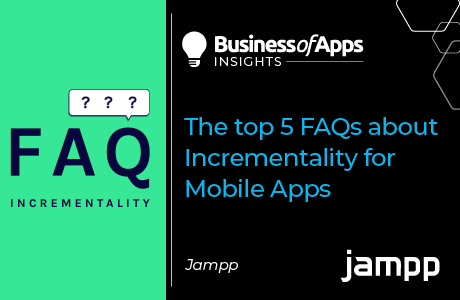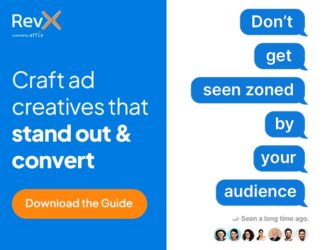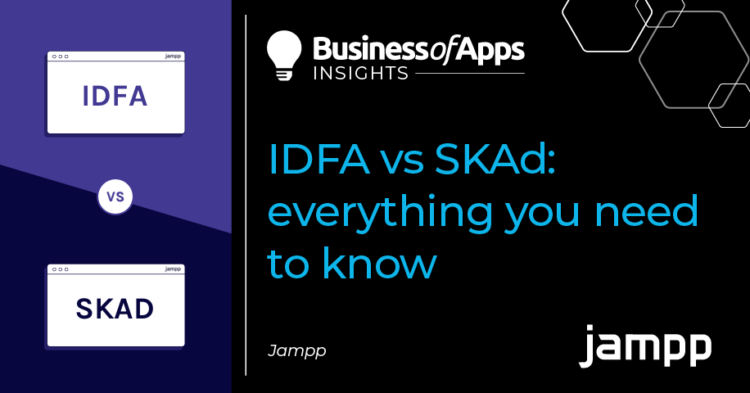
Are app marketers ready for Apple’s ATT?
We recently conducted a quiz to test marketers on SKAdNetwork, and only 11% of respondents managed to answer correctly. With that in mind, we decided to revisit some basic concepts to clarify the top FAQs around Apple’s new privacy policy.
What is the difference between IDFA and SKAd attribution?
There are actually many differences between these two attribution methods, but the main differentiator is related to the user behavior data at our disposal and what can be tracked with it.
- IDFA attribution means 1 to 1 matching and full deterministic granularity on campaign variables: creatives, placements, audiences, and more. That’s to say, IDFA attribution allows us to match unique users to specific events and provides the tools for behavioral targeting, granular LTV measurement, and more.
- SKAdNetwork attribution means we cannot connect a specific install to a user. Therefore, we cannot trace the impression/click that generated it, rather we can connect it to a group of impressions/clicks within a unique ID, functioning as a “cluster” of users or variables.
How IDFA attribution works
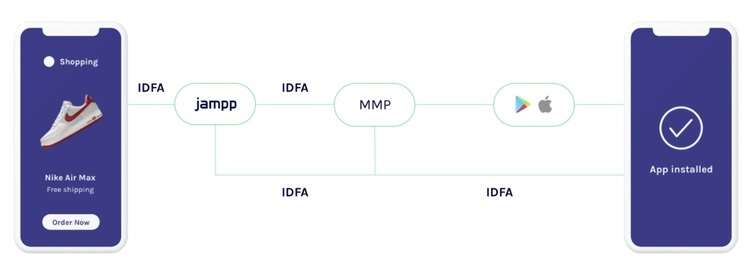
- A user clicks on an ad served by a DSP or an ad network. This ad tracks multiple campaign variables, including: the creative, placement, audience, and geo, among others.
- The MMP records the IDFA data associated with the advertised app at the time of the impression or click.
- The user goes to the app store and installs the app.
- The MMP receives an install postback in real time, matches it with the recorded IDFA data for that app, and attributes the conversion to the DSP or the AdNetwork that served the ad.
- The MMP forwards the install postback with the user’s IDFA and granular conversion data to the DSP or the AdNetwork.
How SKAdNetwork Attribution works
- A user clicks on an ad served by a DSP or an AdNetwork. This ad tracks an ID with up to 100 values previously specified by the advertiser. The ID can be used to code any campaign datapoint such as campaign, creative, and placement.
- After clicking on the ad, the user is led to the app store and installs the app.
- When the install takes place, a 24-hour timer starts. Within those 24 hours, if the user conducts another action that updates the SKAdNetwork Conversion Value (such as registering on the app or making a purchase) the timer will reset for another 24 hours.
- Once there are no more updates of the Conversion Value on the app for 24 hours, a postback is sent to the DSP. Note that this postback is not sent on the spot once the timer stops, but between 0 – 24 hours later.
- The DSP forwards the postback to the MMP with the impression data but no IDFA or user-level data.
IDFA vs SKAd postbacks
Here’s a closer look at how these changes are reflected on the postback itself:
The IDFA postback includes:
> Device ID (IDFA)
> Transaction ID from the impression or click that generated the attribution (click or install)
> Additional device data: user agent, IP address, geolocation, OS version, etc.
The SKAdNetwork postback includes:
> SKAdNetwork Campaign ID (limited to 100 variables)
> Publisher App Name / Bundle ID (only if Apple’s hidden privacy thresholds are met)
> Conversion Value (optionally and only if Apple’s hidden privacy thresholds are met)
What is a conversion value? Why is it so important?
In the SKAdNetwork framework, a conversion value records data about the user behavior after the install. This information can be included in the SKAdNetwork install postback and sent to the DSP or ad network responsible for the install. The conversion value itself is a single number between 0 and 63 defined by the advertiser.
CTV Growth Guide: A must-read for performance marketers
Whether you’re looking to boost brand awareness or drive user acquisition, this guide has you covered. Learn how to leverage CTV for both brand awareness and performance-driven campaigns and get actionable insights to optimize your strategies.
Download nowThese values can be set up to provide insights into campaign performance regarding ROI, user retention, and behavior, helping marketers answer questions like:
- How many purchases were conducted by this cluster of users?
- How many times did they open the app?
- How much money did they spend on the app?
Get your conversion values right
Everyone’s saying “test SKAdNetwork now”—and that’s exactly what app marketers should be doing.
At Jampp, we advise marketers to keep it simple and start working with their DSP partners to map out your conversion values. This is the fastest way to start getting the postbacks and iterate based on results.
Moving forward: changes in SKAdNetwork 3.0
We started this journey with SKAdNetwork 2.0, but Apple is still working on updates for this framework. SKAdNetwork 2.2 brings key changes like View-through Attribution (VTA)—and there’s more to come: SKAdNetwork 3.0, which will include a “did-win” parameter, has been announced. As iOS 14.5 adoption grows, and exchanges and publishers continue to update their SDKs, we will start to see the impact of these new SKAD features.
If you’re looking to learn more about SKAdNetwork, ATT, and IDFA, visit our iOS 14.5 dedicated hub, featuring a selection of articles, video podcasts, and a free guide for app marketers.



